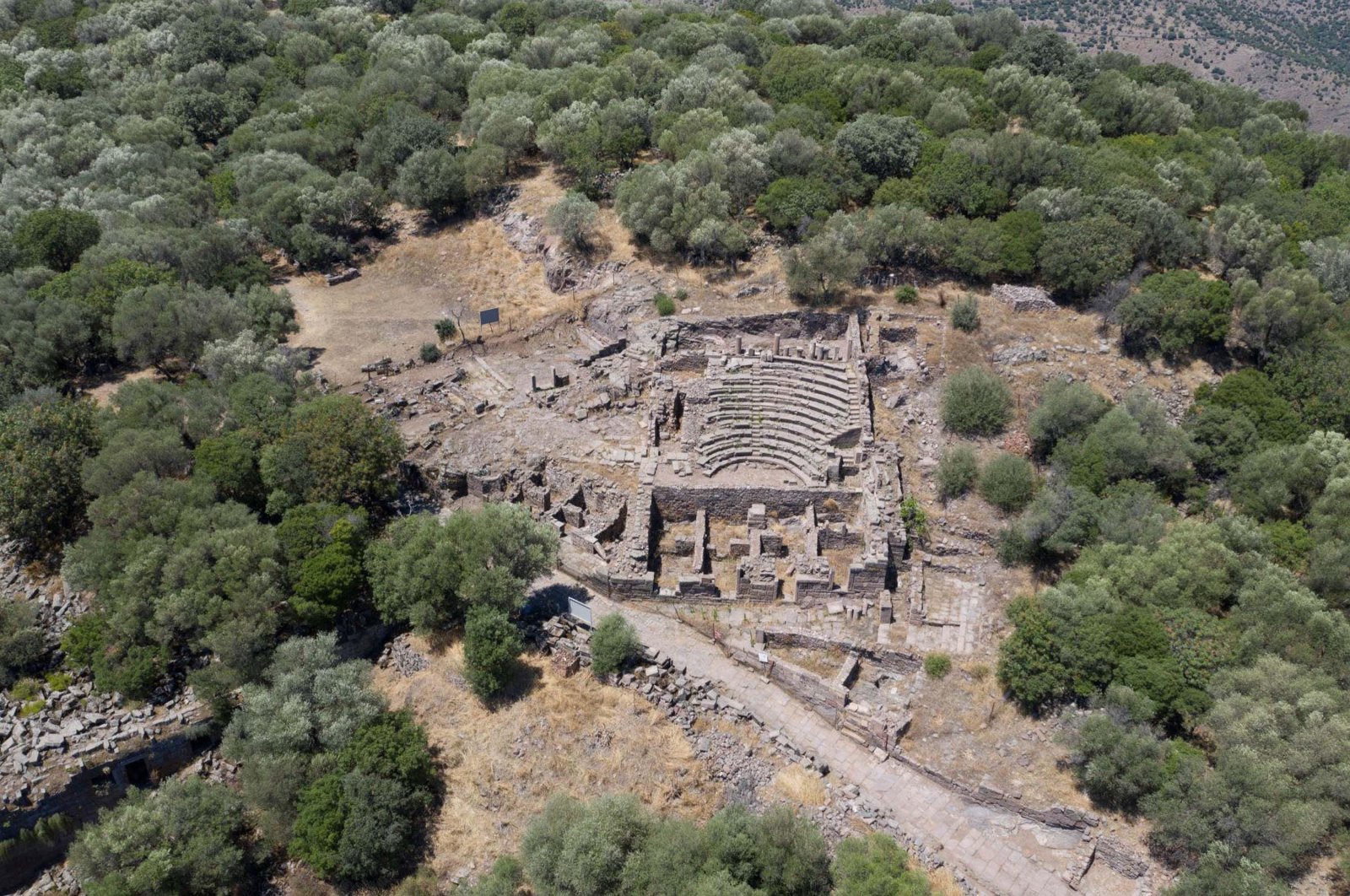
Archaeologists have uncovered a 2,200-year-old agora, or city square, in the ancient city of Aigai, located in Manisa, western Türkiye. The agora, situated next to a council building, features bull-headed reliefs and inscriptions linked to Apollo, a major god in ancient Greek and Roman mythology associated with many aspects of life.
The discovery was made during ongoing excavations at the site, which has a history spanning 2,700 years.
Led by professor Yusuf Sezgin, head of the Archaeology Department at Manisa Celal Bayar University, the team has been working on the site for 21 years. Sezgin emphasized the significance of the agora, describing it as the heart and center of the ancient city.
"This area was where all public buildings were concentrated, and it served as a hub for daily life," Sezgin explained. "The square is surrounded by 'stoas' or columned walkways, making it a vital space."
Sezgin highlighted the importance of the agora within Aigai, noting that parts of the building will undergo restoration and conservation. He pointed out that the construction of both the agora and the council building dates back 2,200 years, a period supported by archaeological evidence.
The excavation has revealed intriguing findings, including bull-headed reliefs beneath the stoa roofs. "These reliefs are significant because bull heads are often depicted in relation to gods in the ancient world," Sezgin said.
"We have encountered a few examples of this in the ancient world, and it's likely related to Apollo. We found inscriptions linked to the god nearby. Such stoas usually have simple architectural designs, but if associated with offerings, these reliefs could indicate a ritual or a connection to the gods. This might be related to an important battle or a dedication to the gods following the city's reconstruction," Sezgin concluded.
